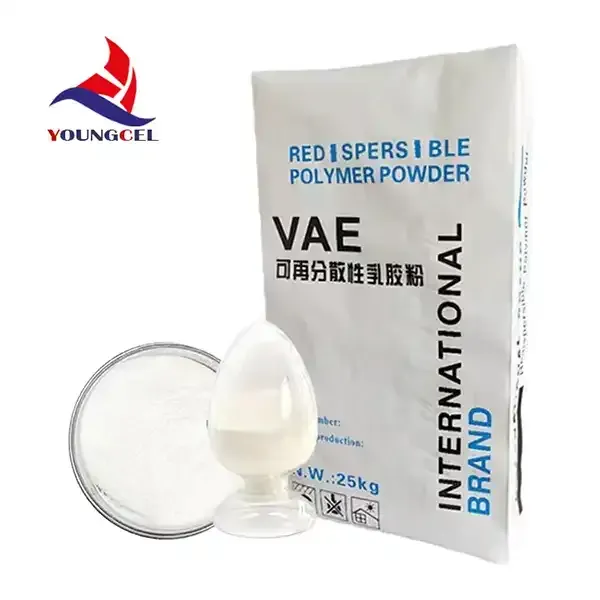Understanding HPMC Prices for Paint A Comprehensive Overview
Hydroxypropyl methylcellulose (HPMC) is a cellulose ether that plays a crucial role in various industries, especially in the formulation of paints and coatings. Its unique properties, such as water retention, thickening, and film-forming capabilities, make it a preferred choice for both water-based and solvent-based paints. As the demand for high-performance paints increases, understanding HPMC prices becomes essential for manufacturers and consumers alike.
What Affects HPMC Prices?
1. Raw Material Costs The prices of cellulose fibers, from which HPMC is derived, can significantly influence HPMC pricing. Fluctuations in the supply chain, whether due to agricultural conditions or geopolitical tensions, can lead to volatility in raw material costs.
2. Production Processes The method of production and the technology used can also impact prices. Advanced manufacturing processes that ensure high purity and quality can lead to higher costs. Conversely, improvements in production efficiency can reduce expenses and thereby lower HPMC prices.
3. Market Demand The demand for HPMC in the paint industry is directly related to trends in construction and renovation. In periods of economic growth, the demand for paint rises, which can lead to increased HPMC prices. Conversely, during downturns, prices may drop as the overall demand for coatings decreases.
4. Regulatory Changes Environmental regulations play a significant role in shaping the adhesive and coatings market. Changes in regulations can lead to the need for more innovative formulations, potentially impacting the price of HPMC as manufacturers look to meet new compliance standards.
hpmc price for paint

5. Global Market Trends As a globally traded commodity, HPMC prices are also influenced by international market trends. Economic conditions in major consuming countries, trade policies, and currency fluctuations can all affect pricing dynamics.
Current Trends in HPMC Pricing for Paint
As of 2023, the HPMC market has been showing signs of stabilization after experiencing significant fluctuations in the previous years. The pandemic had initially disrupted supply chains, leading to a rise in prices. However, as supply chains adapt and stabilize, prices have begun to align more closely with historical averages. Industry forecasts suggest a moderate increase in HPMC prices in response to rising demand in the construction sector, particularly in regions experiencing urbanization and infrastructural development.
Moreover, with the growing emphasis on sustainable and eco-friendly products, manufacturers are investing in bio-based HPMC, which may lead to higher initial costs but offers long-term benefits in terms of market appeal and compliance with environmental regulations.
Conclusion
For manufacturers and suppliers in the paint industry, understanding the dynamics of HPMC pricing is crucial for maintaining competitive advantages. By keeping abreast of market trends, raw material costs, and regulatory changes, stakeholders can make informed decisions about their sourcing strategies. As the industry continues to evolve, staying informed will be key to navigating future challenges and opportunities in the HPMC market.
-
Rdp Powder: Key Considerations for Wholesalers in the Building Materials IndustryNewsJul.08,2025
-
Key Considerations for Wholesalers: Navigating the World of Hpmc - Based ProductsNewsJul.08,2025
-
Hpmc Detergent: Key Considerations for WholesalersNewsJul.08,2025
-
Key Considerations for Wholesalers: China Hpmc For Tile Adhesive, Coating Additives, Concrete Additives, and MoreNewsJul.08,2025
-
Crucial Considerations for Wholesalers: Navigating the World of Construction MaterialsNewsJul.08,2025
-
Key Considerations for Wholesalers Sourcing Additive For Cement, Additive For Concrete, Additive For Putty from Additive Manufacturer Shijiazhuang Gaocheng District Yongfeng Cellulose Co., Ltd.NewsJul.08,2025




